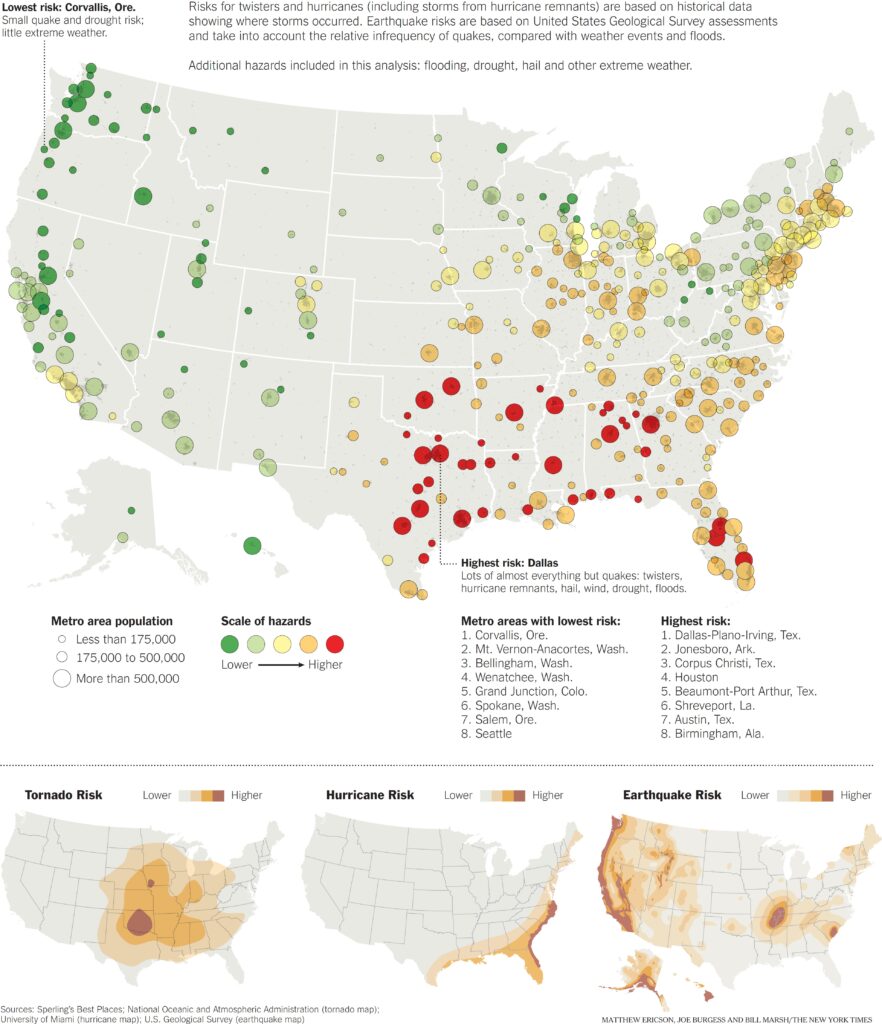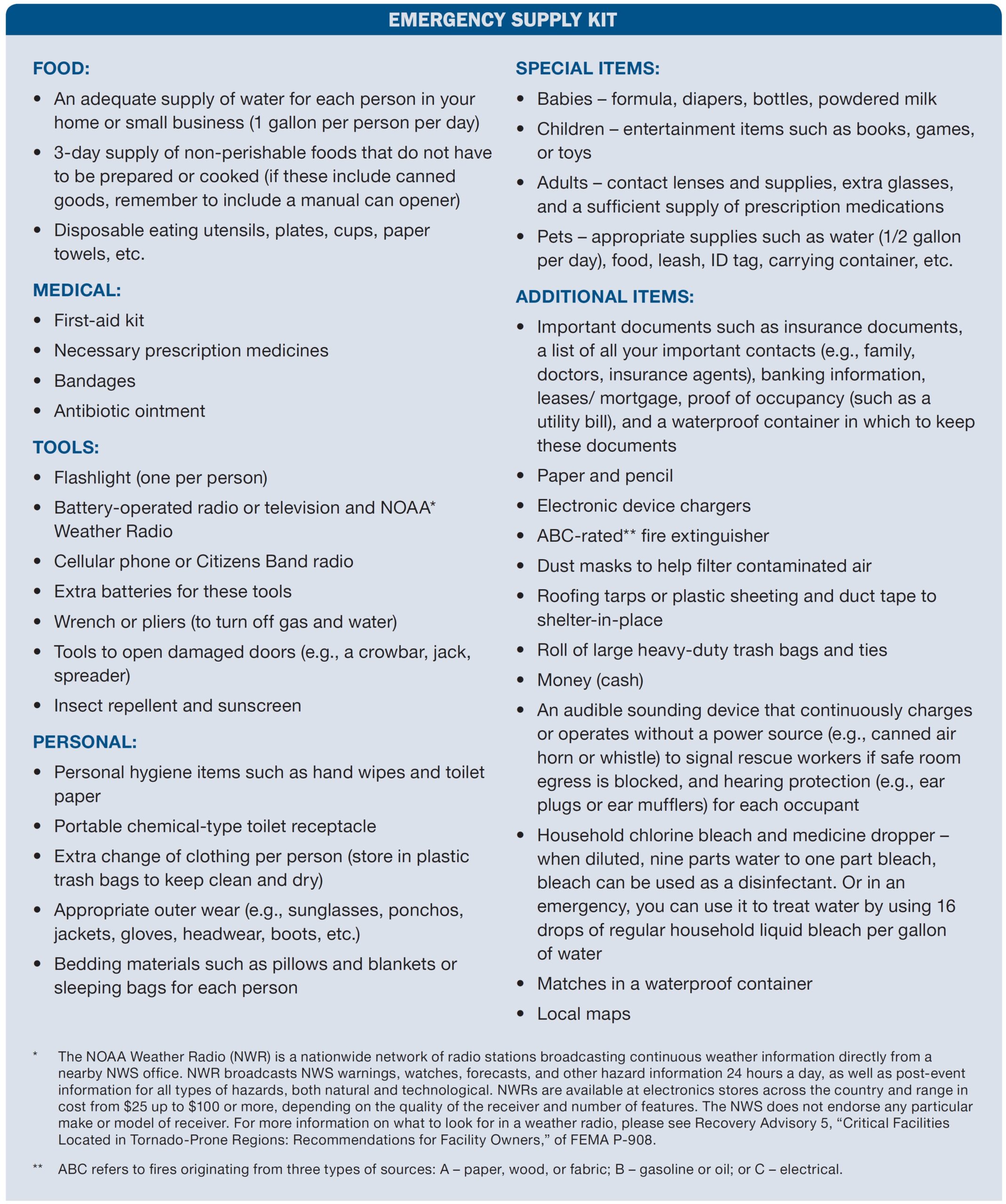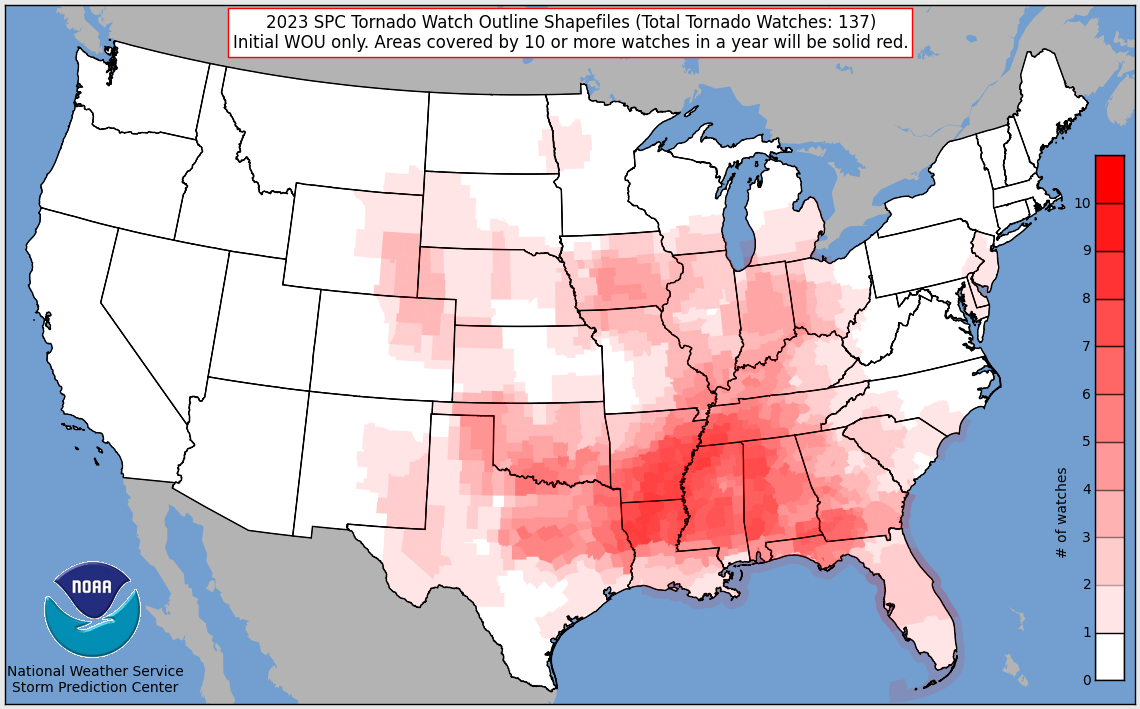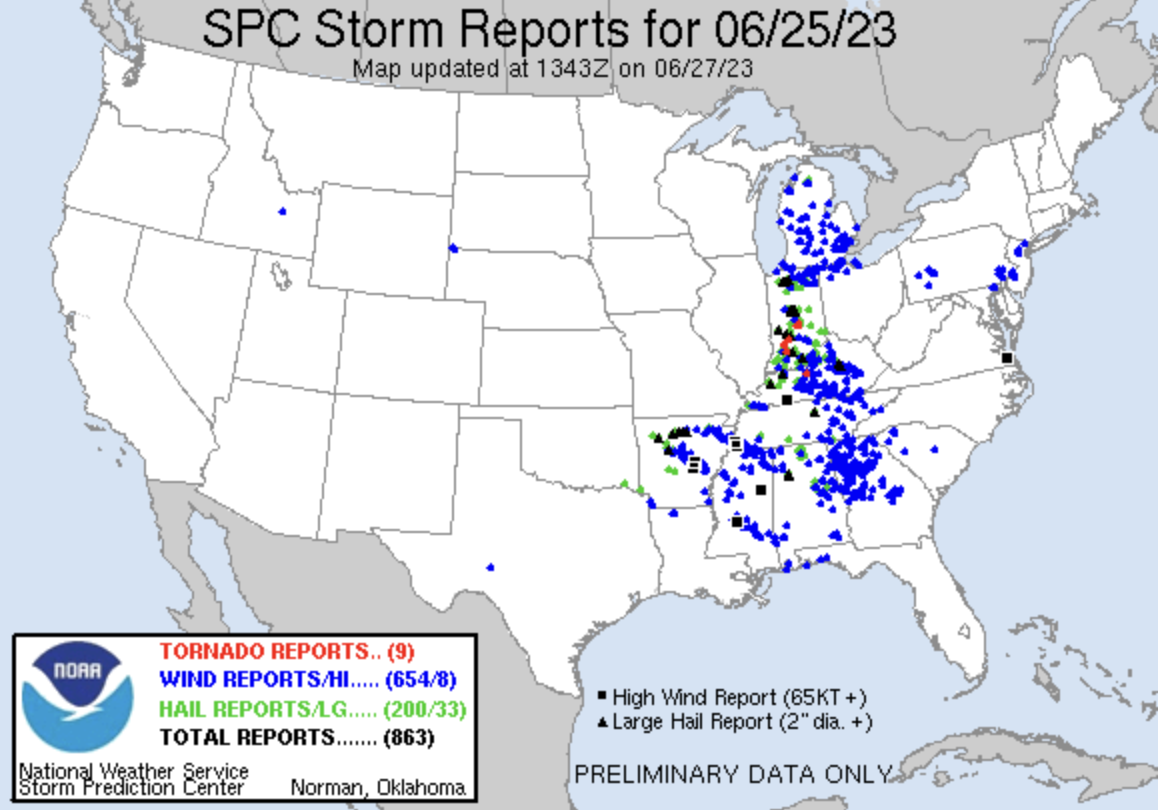In times of disaster or unforeseen events, the ability to shelter in place can be a crucial lifeline for individuals and families. Whether it’s a sudden power outage, extreme weather conditions, or other emergency situations, having a well-prepared and efficiently organized emergency supplies storage plan can make all the difference in ensuring the safety and comfort of everyone involved.
Scope
- Determine disaster risk and assess options for shelter-in-place in single-family homes.
- Provide emergency supplies storage for short-term shelter-in-place (<3 days) including food, water, first aid supplies, medications, sanitation, clothes, basic tools, and more.
- Provide emergency supplies storage for long-term shelter-in-place (>3 days) including additional food, water, power equipment, portable heating/cooling, cooking appliances, and more.
Description
- Shelter-in-place may be necessary for various disaster events, including tornados, hurricanes, earthquakes, and power outages.
- Emergency preparedness and response plans should include actions for either evacuation or shelter-in-place based on the type of disaster event.
- Emergency supply kits for evacuation or shelter-in-place should be readily available and sustain occupants for at least 72 hours.
How to Plan for Emergency Supplies Storage
- Consider the time needed to restore basic services after a disaster.
- Calculate the space required per person for food, water, and personal supplies.
- Choose a suitable location for storage, considering factors like temperature, humidity, and accessibility.
Size
- An adult needs 2,000 to 3,000 calories per day plus one gallon of water.
- A 3-day supply of food and water requires approximately 2-3 cubic-feet of storage space per person.
Location
- Basements are ideal for storage but can have high humidity and may flood.
- Interior closets or pantries can offer protection and accessibility.
- Other spaces like garages and sheds are generally not recommended.
Other Considerations
- Long-term shelter may require standby power, portable heating/cooling, and cooking equipment.
- Liquid-fueled equipment should not be stored inside and should have adequate ventilation.
- Consider options for permanent alternative energy systems like photovoltaic or wind-power systems.
Solar Photovoltaic (PV) and Solar Thermal Systems
- Permanently installed solar systems can provide standby energy and offset utility costs.
- Proper protection and labeling are essential for roof-top solar panels and battery storage systems.
Drinking Water Treatment Systems
- Public and private drinking water systems can be vulnerable during disasters.
- Residential treatment systems using reverse osmosis can provide clean drinking water.
Ensuring Success
- Storage space should consider the supplies needed for the length of time and number of occupants.
- The location should ensure accessibility and protection from event hazards.
- Compliance with relevant codes and standards is crucial for safety.

Many areas in the U.S. are vulnerable to various hazards, making emergency supply storage important.
Compliance with Codes and Standards
ICC/NSSA Standard for the Design and Construction of Storm Shelters (ICC 500)
- Residential storm shelters or safe rooms used for emergency supplies storage should be designed for 1 and 2 family dwelling units.
- They should have an occupant capacity of 16 persons or less.
- Adequate space should be provided, with a minimum of 5 square feet per occupant for tornado-safe rooms and 10 square feet per person for hurricane-safe rooms.
- These shelters should conform to applicable codes, standards, and best practices as provided by the 2018 and 2021 International Residential Code (IRC).
- Section 323 of the IRC specifies that storm shelters and safe rooms should be constructed following ICC/NSSA-500.
Residential Space Planning for Emergency and Compliance
- Emergency supplies storage in habitable rooms should have a floor area of not less than 70 square feet and not less than 7 feet in any horizontal dimension as per 2018 IRC R304.
- Minimum ceiling heights should be 7 feet as per 2018 IRC R305.
- Egress openings should be provided, with at least one for each space, a minimum of 32 inches wide by 78 inches in height as per 2018 IRC R311.
- Basements with occupants and storage should have at least one emergency escape and rescue opening for each space, not less than 5.7 square feet and a minimum of 20 inches wide by 24 inches in height as per 2018 IRC R310.
- Emergency supplies storage should not obstruct access or egress and should maintain code-required clearances from electrical and mechanical equipment.
- Smoke alarms should conform to UL 217 and be installed in spaces used for sleeping as per 2018 IRC R314.
- Combination smoke and carbon monoxide alarms can be used in lieu of smoke alarms as per 2018 IRC R315.
- Consideration should be given to flood-resistant construction as per 2018 IRC R322 and avoiding emergency supplies storage below-grade in crawl spaces or basements in flood zones A and V and coastal A zones.
Retrofit Existing Homes
- For retrofits in existing buildings, additions, alterations, renovations, or repairs should conform to the provisions of the applicable IRC code without requiring compliance from the unaltered portions of the existing building, unless otherwise stated.
- Appendix J regulates the repair, renovation, alteration, and reconstruction of existing buildings and encourages their continued safe use.
For immediate service or consultation, you may contact us at Allied Emergency Services, INC.
Contact Information:
- Phone: 1-800-792-0212
- Email: Info@AlliedEmergencyServices.com
- Location: Serving Illinois, Wisconsin, and Indiana with a focus on the greater Chicago area.
If you require immediate assistance or have specific questions, our human support is readily available to help you.
Disclaimer: This article is intended for informational purposes only. For professional advice, consult experts in the field.










